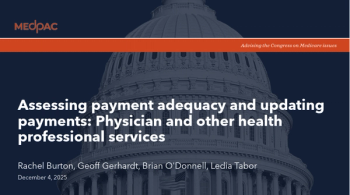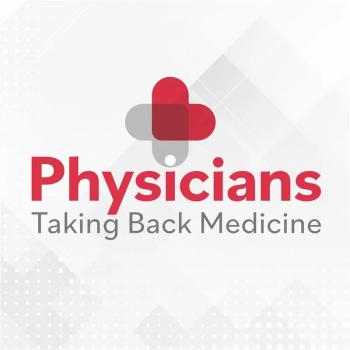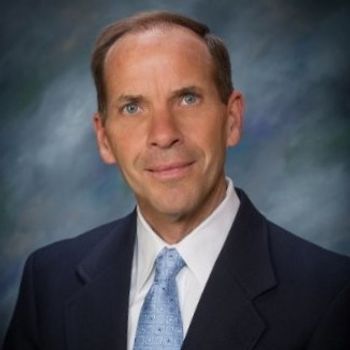
- June 10, 2018 edition
- Volume 96
- Issue 10
Addressing the opioid crisis
One physician discusses how greater collaboration and better communication could show promise in addressing the opioid crisis in Alaska.
Alaska’s healthcare system serves a population of 740,000 spread across 663,000 square miles. Given the relatively “small” number of patients cared for within this vast backdrop, it’s easy to believe our state healthcare leaders are giving patients the personalized treatment they need to live their best lives.
But as the opioid crisis sunk its teeth into rural states like ours between 2009 and 2015, we began to see how our good intentions were failing patients. In particular, by prioritizing metrics like patient satisfaction-which CMS’ Hospital Consumer Assessment of Healthcare Providers and Systems (HCAHPS) Survey linked to pain until 2016-we were unintentionally enabling addicts.
As our doctors started to see evidence of the opioid crisis escalating (an uptick in patients demanding IV painkillers, more violence toward clinicians, etc.), we knew we needed to make serious changes to our entire system.
One of biggest motivators for me, personally, was a conversation between physicians and two sober, recovering opioid addicts at a hospital meeting. I’ll never forget when one of the men told us, “Each one of you has given me opiates at some point because your satisfaction scores and getting me out of the emergency department were more important than my life.”
That blew my mind. But facts don’t lie. Many of us have an easier time abiding by a patient’s request for an IV Dilaudid than having a real conversation about what’s driving the patient’s pain. Compounding the problem, every major hospital is owned by a different organization with its own economic drivers and reasons for making decisions, and its own EHR. We’d need to put aside differences to move forward.
A collaborative approach
In 2016, physicians started working with state legislators to draft evidence-based, clinical prescribing guidelines. It didn’t happen overnight-one area we discussed a lot is how many opiates should be written for a post-acute injury. But it happened, and now we have a document that is easy to read, print out, and post, which includes the logos for all major Alaska hospitals. This makes conversations with patients much easier because we can say, “We are all trying to help you, and to help I need to follow these guidelines.”
These guidelines state, for example, that a single medical provider should prescribe all opioids to treat a patient’s chronic pain, and that best practice is for this provider to be the patient’s primary care provider or pain management specialist.
The second thing we did is implement a software-based network solution that pulls together essential patient medical data, including frequency of ED visits in our facility and outside hospitals, and pushes this data into a one-page document ready at the point of care. The data is consolidated, so I can quickly see if a patient has been frequenting other EDs or has had issues with opioids or other drugs in the past. Then, I can take more informed actions, such as talking to them about alternative treatments and support services.
We’re excited for what’s to come. The network system, which is provided by care coordination platform provider Collective Medical, helped care teams in Washington state reduce narcotic prescriptions from the ED by 24 percent.
And for our hospital, the impact of the network and guidelines has been transformational. We’ve seen a 61 percent reduction in opioid scripts written between 2015 and 2017 and a 47 percent reduction in opioids given in the ED. The system has changed the conversation between ED doctors and patients and is totally focused on their health - not patient satisfaction scores.
There is a difference between enabling patients and truly helping them. While we still have a long way to go, I’m thrilled we’re making progress with the latter.
Anne Zink, MD, FACEP is the emergency medicine medical director for Mat-Su Regional Medical Center in Palmer, Alaska, and immediate past president for the Alaska chapter of the American College of Emergency Physicians. She also sits on the clinical advisory board for Collective Medical.
Articles in this issue
over 7 years ago
Why primary care access is wildly overstatedover 7 years ago
The true cost of switching EHRsover 7 years ago
Healthcare mergers pose challenges for primary careover 7 years ago
American College of Physicians 2018 Meeting Wrap-upover 7 years ago
Connect with patients through videoover 7 years ago
Opioid policy falloutover 7 years ago
Your voice: Place a moratorium on prior authorizations nowover 7 years ago
Physicians, not pharmacies, should control opioid prescriptionsNewsletter
Stay informed and empowered with Medical Economics enewsletter, delivering expert insights, financial strategies, practice management tips and technology trends — tailored for today’s physicians.















